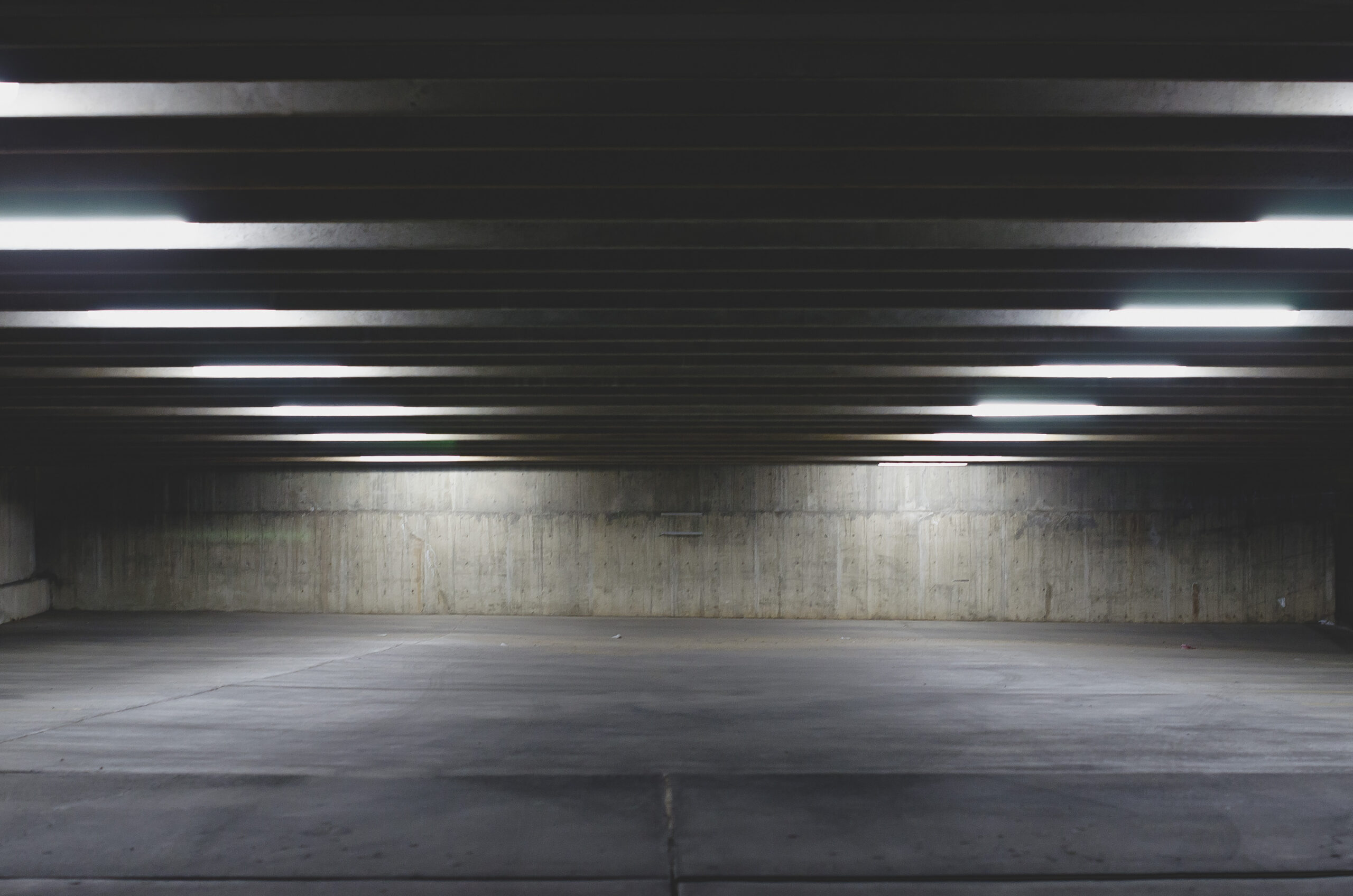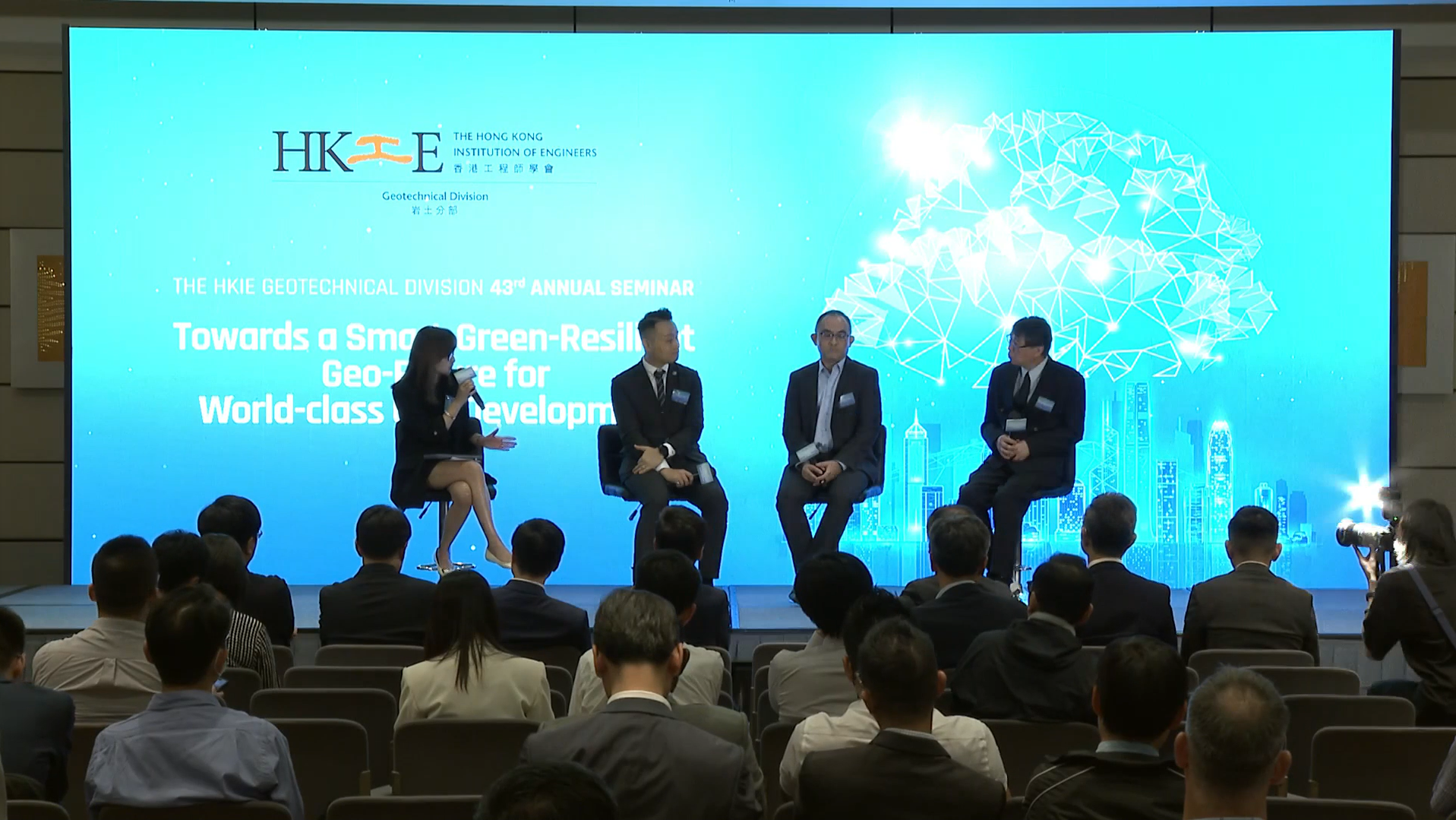Enhancing
Deep
Excavation
Performance:
Predicting
Ground
Movement
and
Settlement

Desde los primeros pioneros en el Esquema Hidroeléctrico Snowy Mountains hasta nuestros líderes e innovadores de hoy, nuestra gente nos hace quienes somos.
A través de nuestra red de especialistas globales y colaborando con socios locales, lo conectamos con los mejores equipos y capacidades para brindar soluciones altamente innovadoras y sostenibles.
Como organización, evaluamos continuamente las formas en que podemos brindar un lugar de trabajo seguro, flexible, inclusivo y respetuoso para nuestra gente y nuestros clientes.
Las personas están en el corazón de nuestra organización, nos esforzamos por crear un entorno flexible, diverso e inclusivo que permita a nuestra gente prosperar al máximo de su potencial.
Explore career opportunities
Accurate assessment of ground movements and settlements is crucial in mitigating any structural damage during an excavation. While numerical analysis using the Mohr-Coulomb soil model adequately predicts wall deflections, accurate estimation of ground movements remains a challenge.
Mr. Wong’s research examined the efficacy of the Hardening Soil model with small strain stiffness (HSS) in predicting ground movements and surface settlements.
Research paper 1: Effects of Soil-Structure Interaction on Wall Deflections and Surface Settlements during Deep Excavations

Referencing a well-documented excavation case in in the Taipei Basin, Mr Wong investigated the impact of varying groundwater pressures on wall performance.
Mr Wong and his team gathered data from small-strain triaxial tests and bender element tests. From there they established a set of small-strain stiffness parameters. By employing advanced two-dimensional finite element analysis and the nonlinear HSS model, the SMEC team accurately predicted wall deflections and ground surface settlements, validating their findings against field observations.
Research paper 2: Performance of Buttress Wall in Deep Excavations

Mr. Wong’s second research paper explored the effectiveness of buttress panels in reducing wall deflections for a 32-meter deep excavation in soft ground. The paper drew data from a second Taipei basin study which investigated the impact of a diaphragm wall strengthened with buttress panels.
By utilizing stiffened diaphragm walls with buttress panels, Mr Wong achieved a significant 30% reduction in wall deflections. The presence of buttress panels not only enhanced the flexural stiffness of the wall but also improved the roughness along the soil-wall interface, leading to reduced wall deflections. The study emphasized the importance of the interface reduction factor in analyzing ground movements during deep excavations. Larger interface reduction factors resulted in lower wall deflections.
Conclusion
Mr. Wong’s research is assisting clients and partners in predicting wall deflections, surface settlements, and ground movements in deep excavations. By adopting the Hardening-Soil with small-strain stiffness model, SMEC is guiding excavation projects towards improved safety and efficiency, enabling improved assessment of potential risks and better design of excavation support systems.
Lup Wong Wong
Principal Engineer – SMEC


